A group of young architects and engineers with one thing in common – their strong penchant for the incomparable beauty of Revival-time houses – have set out on a quest to track down information from times long gone, handed down from generation to generation of master-builders in our lands. And to preserve these invaluable skills, but also to restore the authentic look of these houses, worn away by the passage of time.
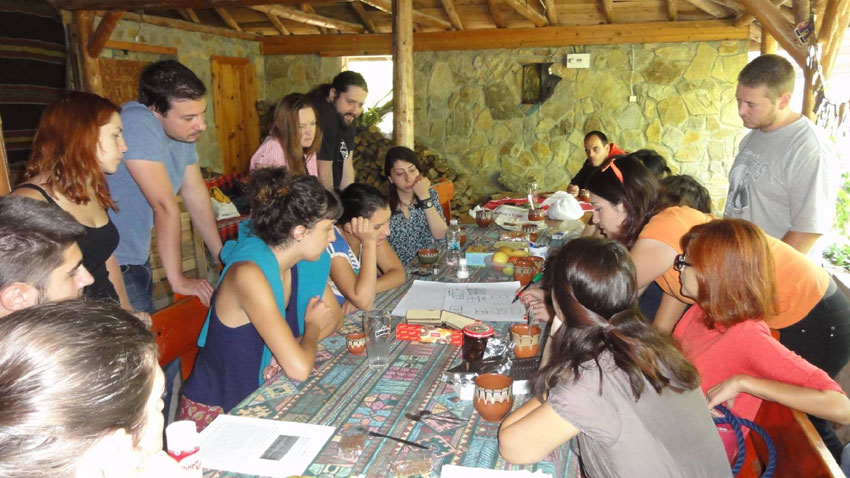
A few years ago seven experts in construction and design of buildings set up an association called Meshtra with the aim of developing alternative forms of education, and through them, helping to preserve and popularize cultural heritage, and sharing traditional knowledge and handicrafts with the young. And for the name of this association, they chose a word that means “master-craftsman”, only in a secret language the builders of old used when they talked amongst each other in front of the rich men they were working for.
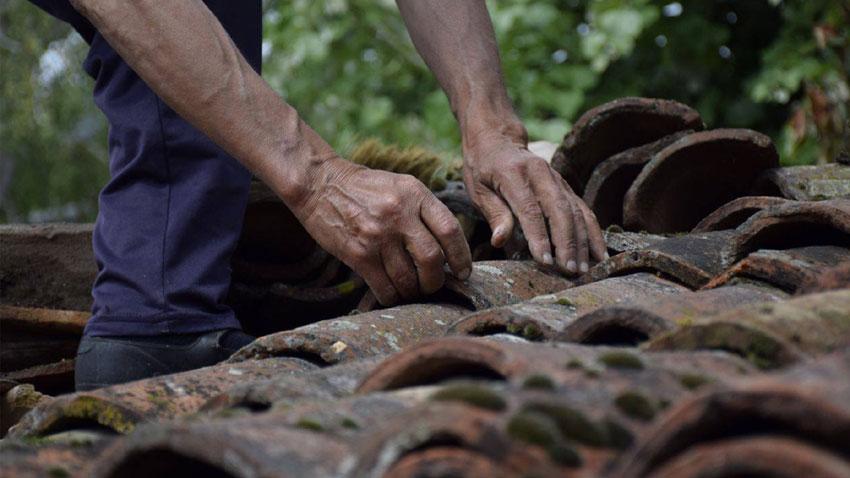
Their first assignment took them to Dolen village – an architectural reserve in the Rhodopes where they catalogued the houses form the time of the National Revival, talked to the local people about their traditions and way of life, met local master-builders, famed for the best stonework and stone roof slabs. But can the building methods of old come in use in our day? Yes, say the members of Meshtra. Because the handicrafts of olden times provide knowledge of techniques that have stood the test of time. And also because we are no longer familiar with natural materials and tend to underestimate their properties.
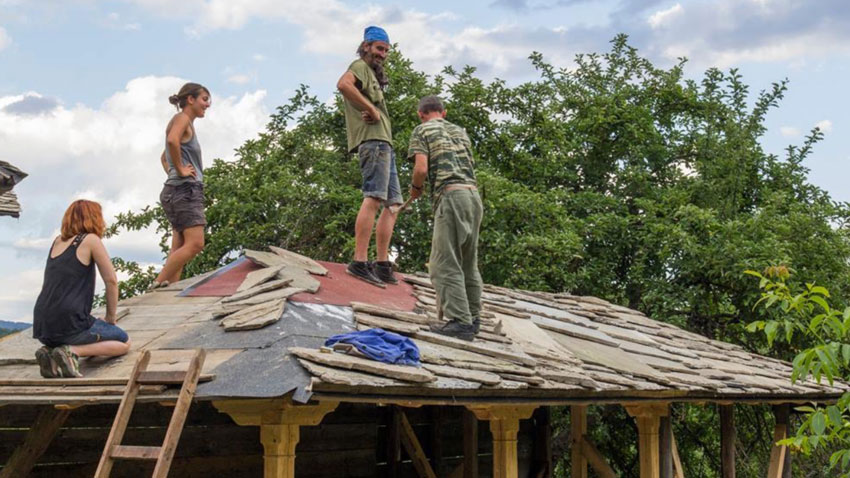
“As architects and engineers we have seen for ourselves how important the practical side of education, contact with the materials is,” adds architect Irina Argirova. “The houses from the time of the National Revival are very important to the country’s culture, that is why traditional building techniques need to be passed down to the coming generations. This guarantees that these houses will be restored properly, and their owners will be able to appreciate the treasure they are in possession of. And one more thing – why shouldn’t natural materials be used in the construction of new buildings?”
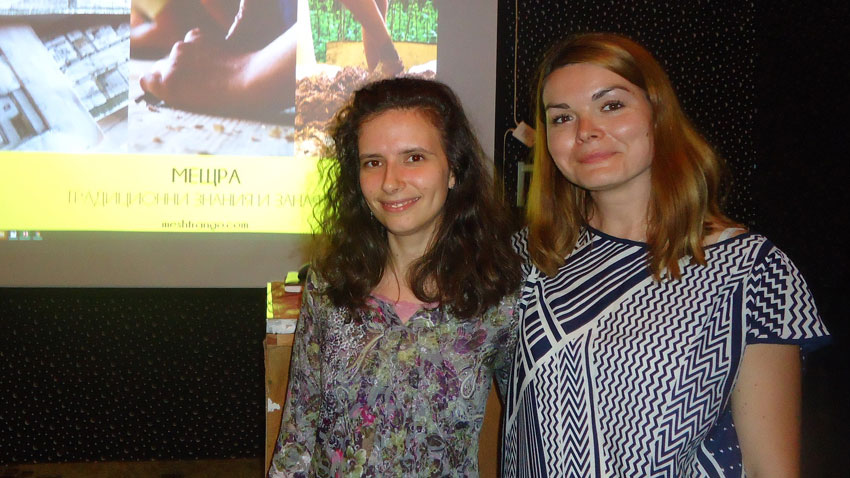
There are 15 architectural reserves in the country. There are villages with valuable Revival-time houses, which are, regrettably, falling apart because of depopulation, and the inability of the owners to keep them in good repair. But whose job is that – of the owners, of the municipalities or of the state?
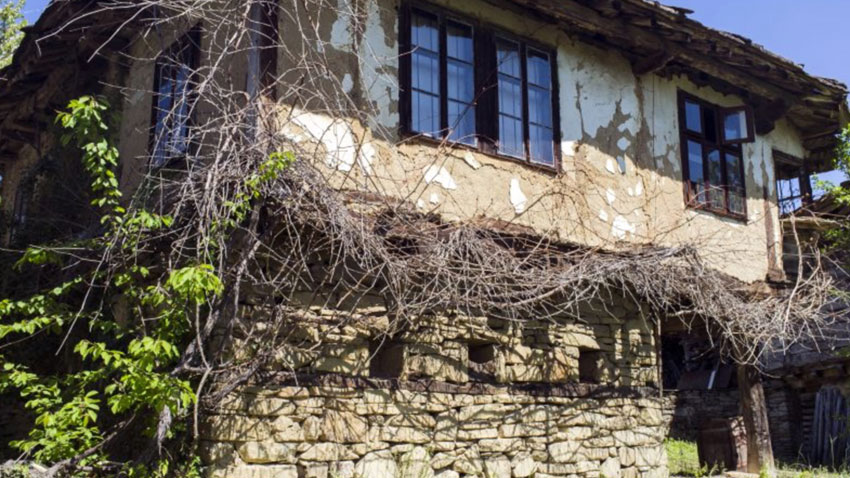
“Taking care of the old houses is the responsibility of all sides – there is no way we can say it is up to just one of them,” says engineer Petya Grueva. “But if the owners do not value their own homes, we cannot expect the state to help them, unless they ask for help. That is why all sides must take part in this process.”
The Meshtra members will soon be on the road again to explore the skills of the local builders, and to acquaint the young with the building traditions of old.

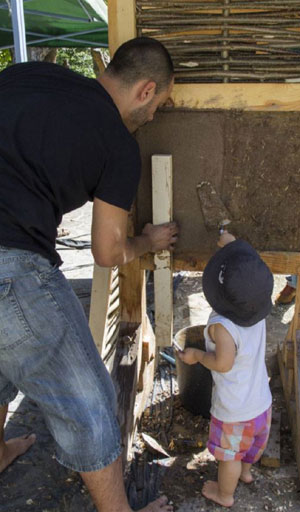 “The first workshop will be in the village of Lozen in the Eastern Rhodopes at the end of July, where we shall come in contact with the magic of dry stonework, sun-dried bricks and stone roof slabs,” the two experts say. “We shall present the architecture that is typical of the region, as well as traditional building techniques, and we shall restore the clay coating of an authentic adobe house.
“The first workshop will be in the village of Lozen in the Eastern Rhodopes at the end of July, where we shall come in contact with the magic of dry stonework, sun-dried bricks and stone roof slabs,” the two experts say. “We shall present the architecture that is typical of the region, as well as traditional building techniques, and we shall restore the clay coating of an authentic adobe house.
In mid-August, together with the Etura Ethnographic Open-Air Museum, we shall apply the educational programme “In the architectural world of the Balkan Range” for the third year running, and again with lectures as well as practical sessions. The lectures will be about traditional Revival-time architecture in the area, and the practical sessions will be with local master-builders who will demonstrate how dry stonework is built, and how the wooden skeleton is made, plus the filling consisting of intertwined twigs and clay of the wall of a traditional Revival-time house. But above all – we shall work in the field to study the construction handicrafts in the Balkan Range, so as to document the tangible and intangible cultural heritage in nine villages. At the end we shall mount an exhibition to show the results achieved.”
English version: Milena Daynova
Photos: meshtrango.com"Every day, we should think about peace and the messages that politicians send,” journalist Tsvetana Paskaleva, who has been living in Armenia for 30 years, says. "The situation around us and in neighbouring countries is unstable and..
Conservationists from Bulgaria Bird Walks are organising a birdwatching walk in Varna today to observe water fowl and forest birds. Two walks are planned in the Sea Garden at 9.00 and 13.00. There will be similar outings every month in the city, said..
The greater flamingo was considered an exotic species for Bulgaria, but for several years, entire colonies have chosen the lakes around Burgas as their residence. Currently, more than 450 flamingos inhabit the Burgas wetlands ...
The greater flamingo was considered an exotic species for Bulgaria, but for several years, entire colonies have chosen the lakes around..
Conservationists from Bulgaria Bird Walks are organising a birdwatching walk in Varna today to observe water fowl and forest birds. Two walks are planned..
Ruse now has the longest wooden pedestrian bridge in Bulgaria. The facility was opened at the end of 2024 in the Lipnik Forest Park...

+359 2 9336 661
